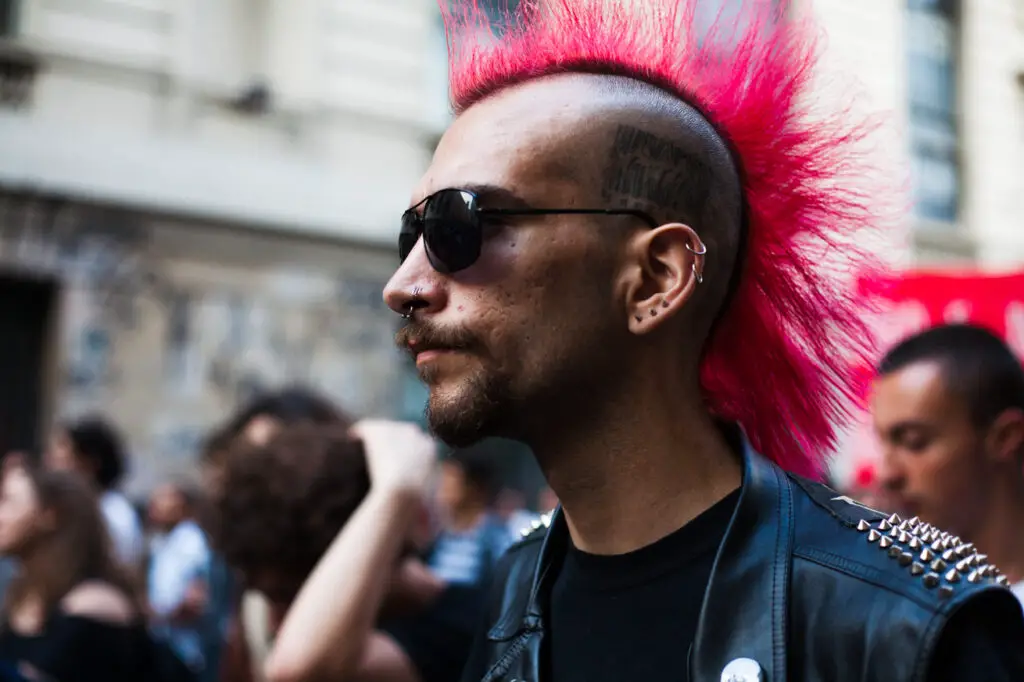The 1980s was a decade of bold fashion statements, vibrant music, and unforgettable hairstyles. The haircuts of the 80s were characterized by their volume, extravagance, and uniqueness. From wild and untamed curls to gravity-defying heights, these hairstyles became synonymous with the era. In this article, we will take a trip down memory lane and explore the top eight iconic 80s haircuts that defined an era.
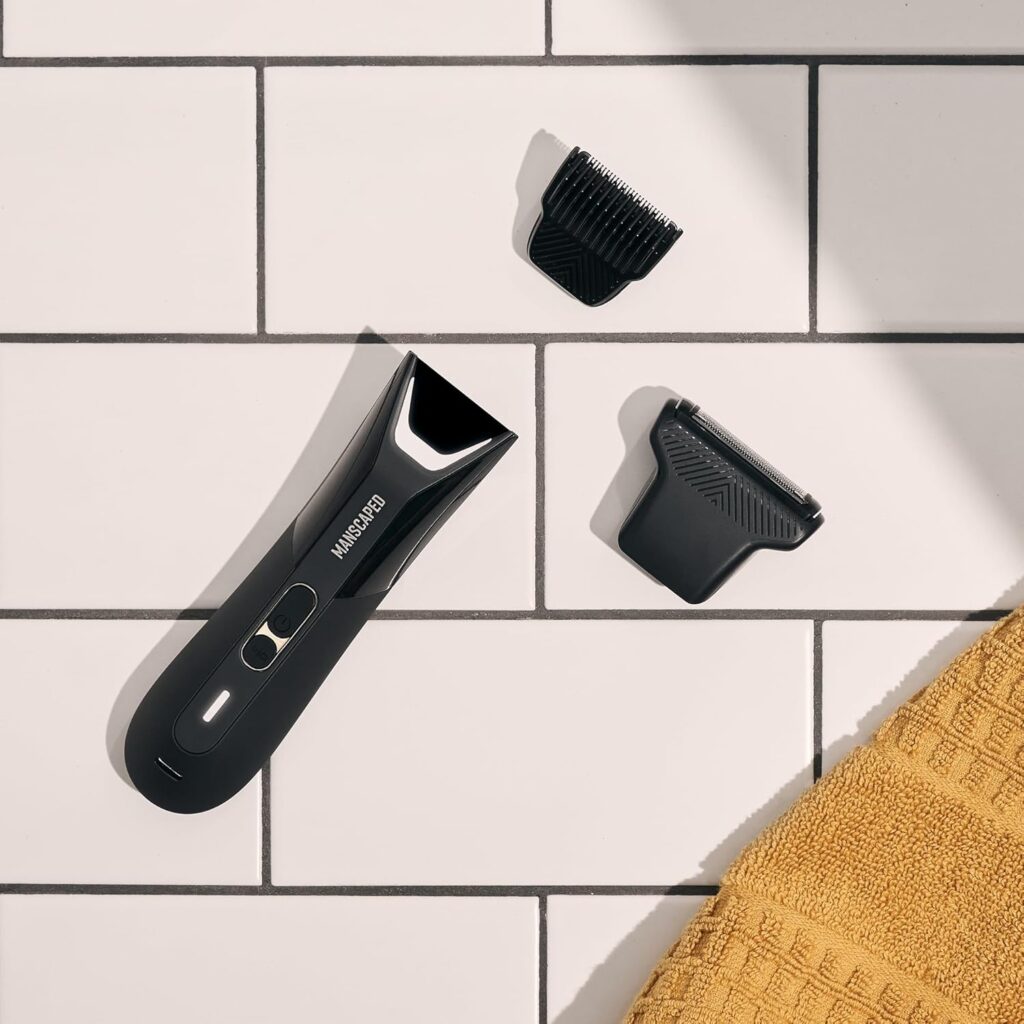
The 80s was an era of individuality and self-expression, and hairstyles played a significant role in this expression. People were not afraid to experiment with their hair, resulting in some of the most memorable and iconic looks of all time. Let’s dive into the top eight 80s haircuts and relive the nostalgia they evoke.
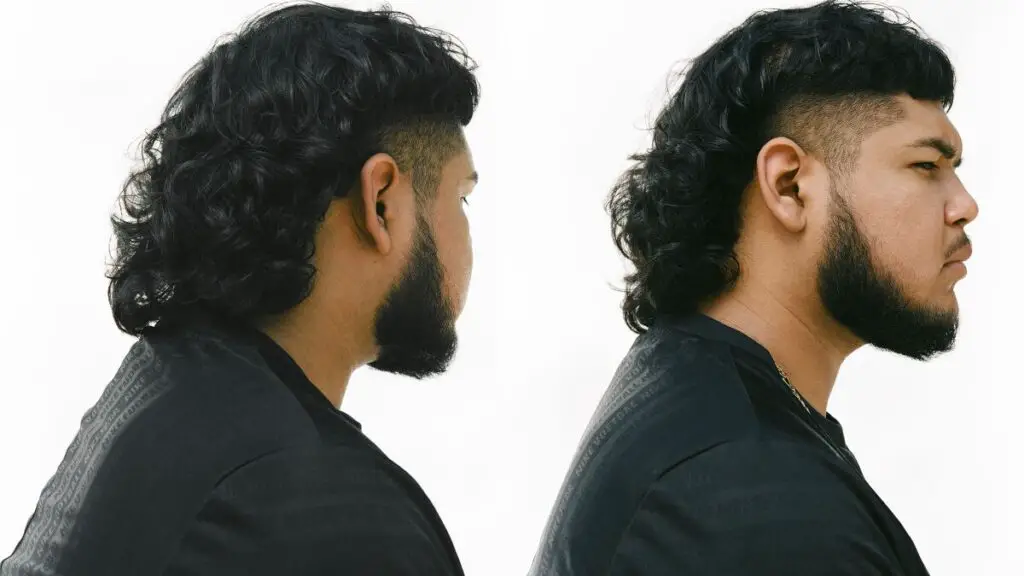
The Mullet: Business in the Front, Party in the Back
The mullet, a true symbol of the 80s, was a hairstyle that perfectly captured the essence of business in the front and party in the back. This distinctive haircut featured shorter hair on the front and sides, while the back remained long and flowing. It was a bold and daring choice that blended professionalism with a rebellious edge. The mullet became incredibly popular among both men and women, with celebrities like Billy Ray Cyrus and David Bowie proudly sporting this iconic look.
The contrast between the neatly styled front and the voluminous, flowing locks at the back created a unique visual impact that made the mullet an instant hit. It embodied the spirit of the 80s, where individuals were unafraid to push boundaries and express themselves through their hair. The mullet remains a nostalgic symbol of that vibrant era, reminding us of a time when self-expression knew no limits.
Related: Bold and Brave: Expressing Your Personality Through Men’s Hairstyles
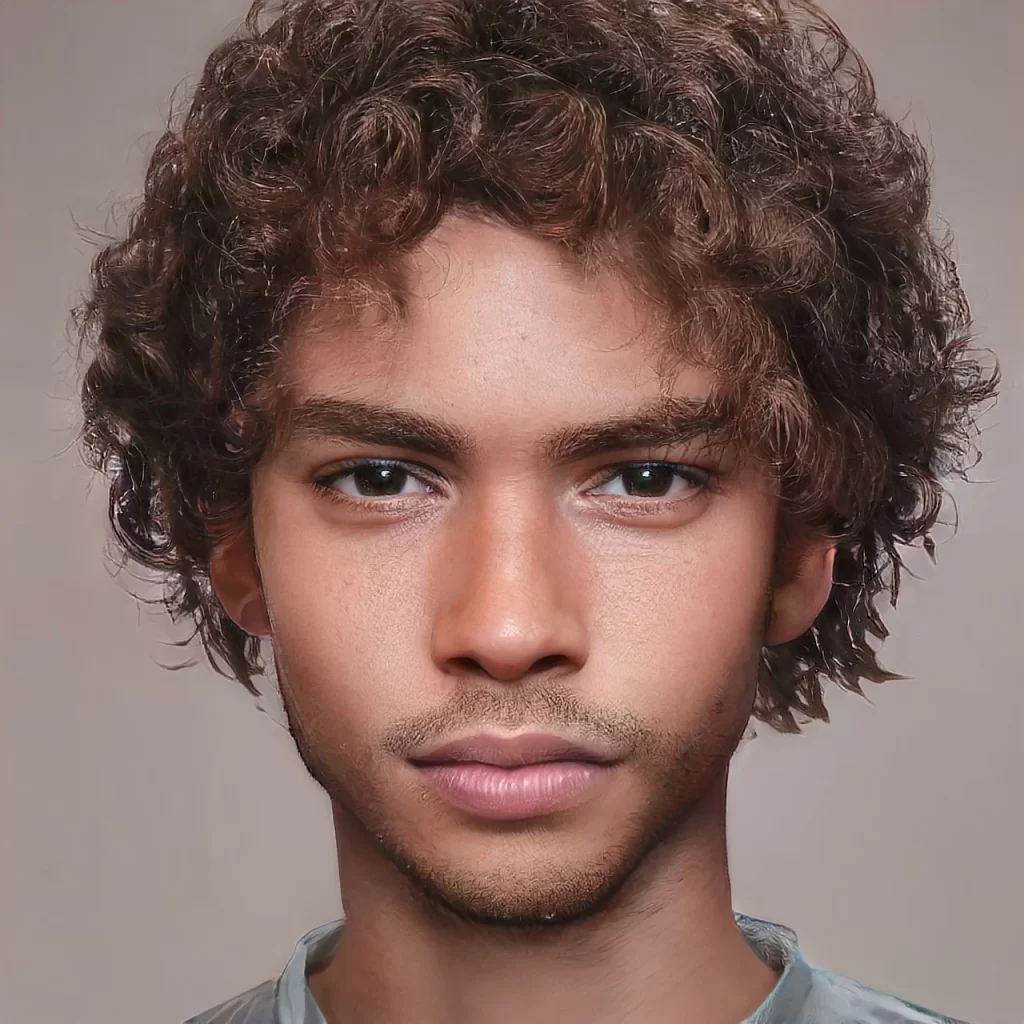
The Permed Hair: A Cascade of Curls
Permed hair was a trend that swept through the 80s, creating a cascade of curls that defined the era’s sense of glamour and carefree spirit. This hairstyle involved chemically treating the hair to achieve voluminous and bouncy curls that framed the face. Men and women alike embraced this trend, seeking to add a touch of playfulness and femininity to their look.
The permed hair trend was popularized by icons like Whitney Houston, whose luscious and voluminous curls became an epitome of beauty and confidence. This style allowed individuals to transform their straight or flat hair into a dynamic and lively mane that exuded personality.
Achieving the perfect perm required a meticulous process, involving the application of a perming solution and carefully wrapping sections of hair around perm rods. After the solution had taken effect, the rods were removed, revealing a head full of beautiful curls.
The permed hair trend was a statement of self-expression and individuality. It was a way for people to break free from the conventional beauty standards of the time and embrace their natural texture in a bold and exciting way.
Related: Long Hair, Don’t Care: Rocking the Flow with Confidence and Charisma

The Big Hair: Teasing to New Heights
When it comes to 80s hairstyles, one cannot forget the iconic trend of big hair that took teasing to new heights. This style revolutionized the concept of volume, with hair reaching gravity-defying dimensions that commanded attention wherever one went.
To achieve the big hair look, individuals employed a combination of techniques, including backcombing and teasing. The process involved teasing the hair at the roots, creating a cushion of air that lifted the strands to incredible heights. Hairspray became an essential tool in maintaining the structure, as it helped lock in the teased hair and prevent it from falling flat.
The result was a hairstyle that made a bold statement. The volume was not limited to one specific area but extended throughout the entire head, giving the impression of a larger-than-life presence. Big hair was a symbol of confidence, audacity, and an unapologetic desire to stand out from the crowd.
Celebrities like Dolly Parton and Joan Collins were renowned for their voluminous locks, which became synonymous with their glamorous personas. The big hair trend transcended gender boundaries, with both men and women embracing the style and making their own unique statements.
While the extreme heights of 80s big hair may not be as prevalent today, the influence of this trend can still be seen in modern hairstyles. Elements of volume and texture are incorporated into various looks, adding a touch of drama and flair.
Related: Hairvolution: Styling Long Hair for Men with 7 Easy Techniques
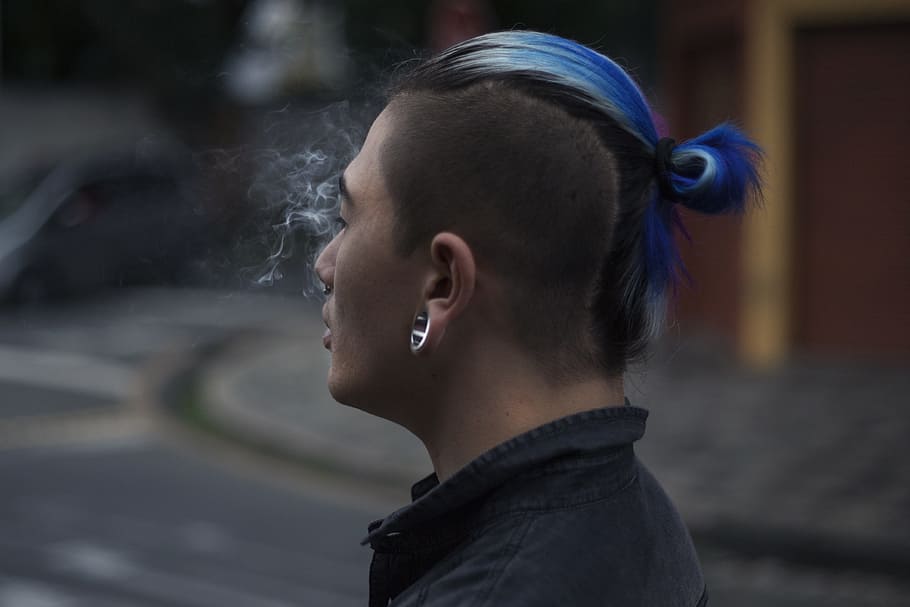
The Mohawk: Punk Rock Rebellion
The Mohawk hairstyle is an undeniable symbol of punk rock rebellion that emerged in the 80s. This daring and edgy style became synonymous with a non-conformist attitude and a desire to challenge societal norms.
The Mohawk involves shaving the sides of the head, leaving a strip of longer hair in the middle. This center strip is often styled to stand upright, creating a striking and defiant look. The hair is usually spiked up with the help of gel or hairspray, adding to the rebellious aesthetic.
Punk rock musicians and subcultures embraced the Mohawk as a way to express their anti-establishment sentiments and their rejection of mainstream norms. It became a visual representation of their individuality and a statement against conformity.
The Mohawk was more than just a hairstyle; it was a powerful form of self-expression. It defied traditional beauty standards and challenged societal expectations of how one should look. Men and women who sported the Mohawk showcased their fearlessness and their willingness to break away from the status quo.
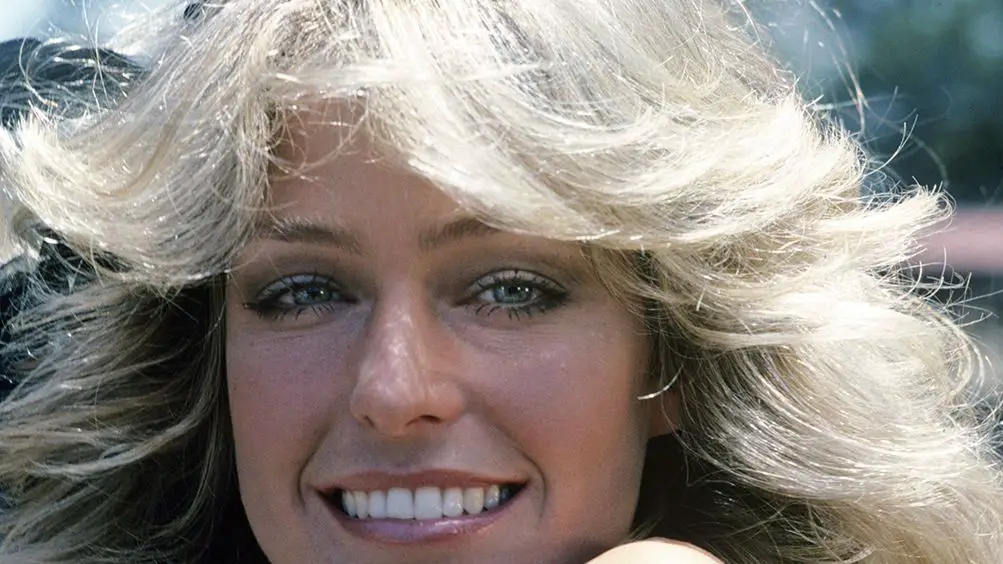
The Feathered Hair: Farrah Fawcett’s Signature Look
Feathered hair, famously associated with Farrah Fawcett, was a signature look that became an iconic hairstyle of the 80s. This soft and glamorous style featured long, layered hair with feathery ends, creating a cascade of flowing locks that exuded elegance and femininity.
Farrah Fawcett, known for her role in the television show “Charlie’s Angels,” popularized feathered hair and made it a global trend. Her tousled and voluminous locks became the epitome of beauty and inspired countless individuals to replicate her signature look.
Achieving feathered hair required skilled layering and delicate styling techniques. Hairdressers used razors and scissors to create feather-like ends that added movement and texture to the hair. The result was a hairstyle that looked effortlessly natural, with the layers framing the face and enhancing its features.
Feathered hair became synonymous with a carefree and glamorous lifestyle. It was a versatile style that could be worn casually or dressed up for special occasions. The feathered layers gave the hair a sense of lightness and movement, capturing the essence of youthful vitality.
Related: Unlocking the Secrets: 10 Trendy Hairstyles for Men to Rock Short Hair
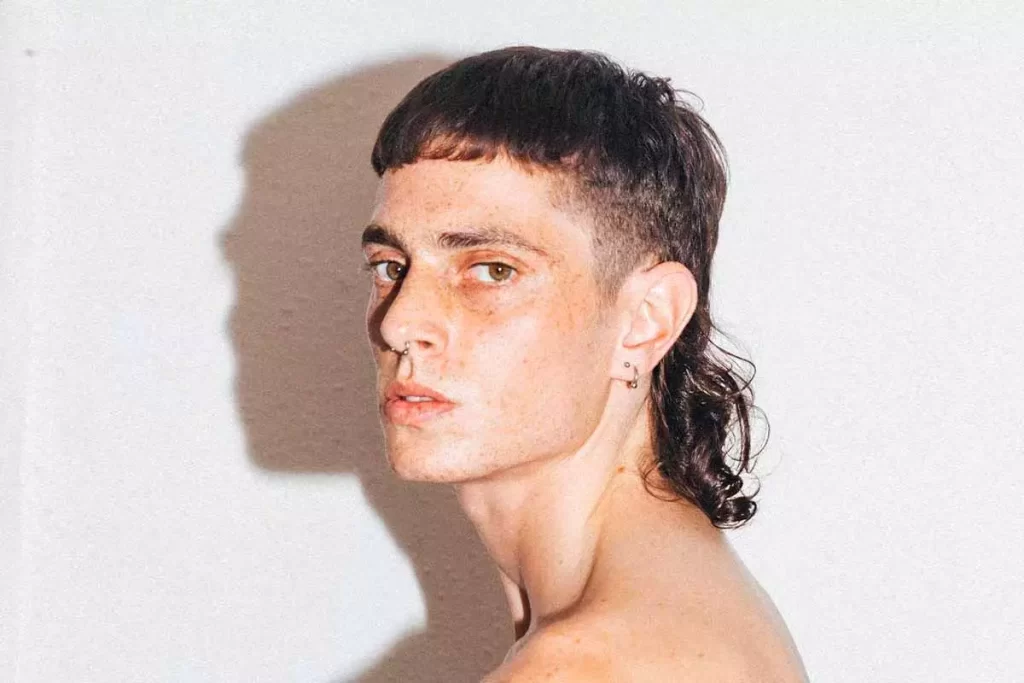
The Rat Tail: A Unique Twist
The rat tail, a unique and unconventional hairstyle of the 80s, deserves its own dedicated section. This distinctive haircut involved growing a thin strand of hair at the back of the head, resembling the tail of a rat. While not as widely embraced as other popular 80s hairstyles, the rat tail gained attention for its eccentricity and non-conformist appeal.
The rat tail represented a rebellion against traditional hair norms and a desire to stand out from the crowd. It was a hairstyle that defied conventions and showcased an individual’s willingness to embrace their unique style. Those who sported the rat tail demonstrated a daring and alternative approach to fashion, setting themselves apart from mainstream trends.
This hairstyle required patience and commitment, as growing the strand of hair at the back took time. Some individuals chose to decorate their rat tails with beads, ribbons, or other decorative elements, further accentuating its uniqueness.
While the rat tail has not remained a prominent trend in modern times, its impact on 80s fashion cannot be overlooked. It embodied the spirit of self-expression and rebellion that characterized the era, leaving a lasting impression on the world of hairstyles.
Related: How to Get the Perfect Pompadour: Men’s Grooming Tips and Tricks
The Jheri Curl: The Definition of Cool
The Jheri curl, often hailed as the definition of cool in the 80s, was a hairstyle that epitomized style, confidence, and individuality. This iconic look, popularized primarily by African-American men, featured chemically treated hair that produced defined, glossy curls.
The Jheri curl was more than just a hairstyle; it was a cultural phenomenon. It represented a celebration of natural hair texture and embraced the beauty of curls. The process involved applying a special curl activator solution that transformed the hair into a cascade of soft, bouncy curls. This style exuded a sense of sophistication and charisma.
The Jheri curl was prominently worn by influential figures such as Michael Jackson, whose luscious curls became an integral part of his distinctive image. It symbolized a fusion of music, fashion, and self-expression, with artists across various genres embracing the Jheri curl as a statement of style.
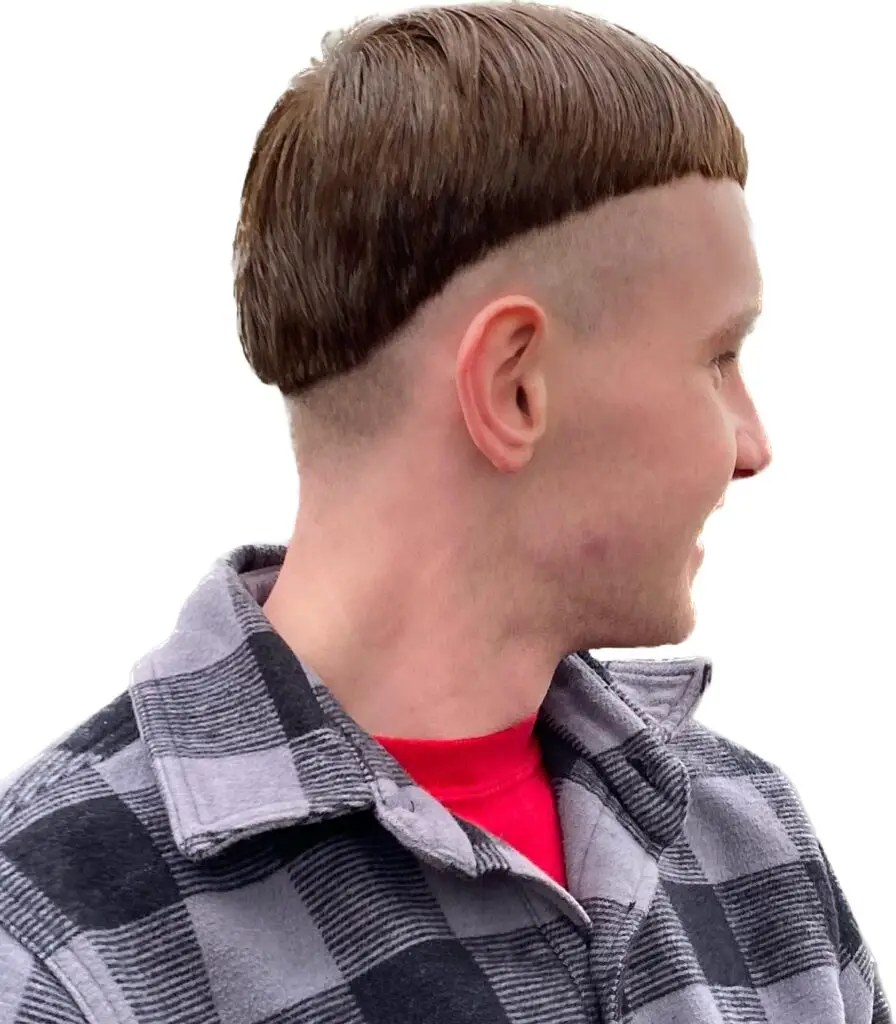
The Bowl Cut: Eccentricity at Its Finest
The bowl cut, an eccentric hairstyle at its finest, made a memorable mark on the 80s fashion scene. This unique haircut involved a straight, blunt fringe across the forehead and hair cut evenly around the head, resembling the shape of an inverted bowl. While its unconventional appearance may have raised eyebrows, the bowl cut became a bold statement of individuality and artistic expression.
The bowl cut was a departure from traditional hairstyles, challenging the norms of beauty and showcasing a daring sense of style. Its distinct shape created a striking silhouette that drew attention wherever it went. This avant-garde look was embraced by both men and women, as it defied gender expectations and promoted a sense of androgyny.
Celebrities such as Johnny Depp and Winona Ryder played a significant role in popularizing the bowl cut, making it a symbol of alternative fashion and artistic rebellion. Its unconventional charm resonated with those seeking to break free from conventional beauty standards and embrace their unique aesthetic.
Conclusion
The 80s hairstyles were truly unforgettable, leaving an indelible mark on the world of fashion and popular culture. From the wild and extravagant to the rebellious and unique, these haircuts defined an era of self-expression and individuality. Even today, they continue to inspire and evoke feelings of nostalgia for a time filled with audacity and creativity.
In conclusion, the 80s will forever be remembered as a decade of bold and unforgettable hairstyles. From the mullet to the Jheri curl, each haircut represented a unique expression of individuality and style. As we look back on the iconic 80s haircuts, we can’t help but feel a sense of nostalgia and appreciation for the fashion trends that defined an era.
FAQs (Frequently Asked Questions)
Are these 80s hairstyles still in trend today?
While some elements of 80s hairstyles have made comebacks, such as permed hair or variations of the mullet, the overall styles have evolved. Modern interpretations often incorporate elements of the 80s but with a contemporary twist.
Who were some famous icons known for their 80s hairstyles?
Several celebrities were known for their iconic 80s hairstyles, including Madonna, David Bowie, Cyndi Lauper, and Billy Idol. Their unique looks played a significant role in shaping the trends of the era.
Did men and women both embrace these 80s hairstyles?
Absolutely! The 80s was a decade of breaking barriers, and both men and women embraced the opportunity to experiment with their hair. The hairstyles of the era were not limited by gender.
Were there any other notable 80s hairstyles worth mentioning?
Certainly! Other notable 80s hairstyles include the afro, the teased and sprayed bangs, the punk-inspired spiky hair, and the crimped hair. Each style brought its own flair and added to the diversity of the era.
How can I achieve an 80s hairstyle today?
If you’re looking to recreate an 80s hairstyle, there are various tutorials available online that can guide you through the process. However, keep in mind that modern styling techniques and products may differ from those used in the 80s.

